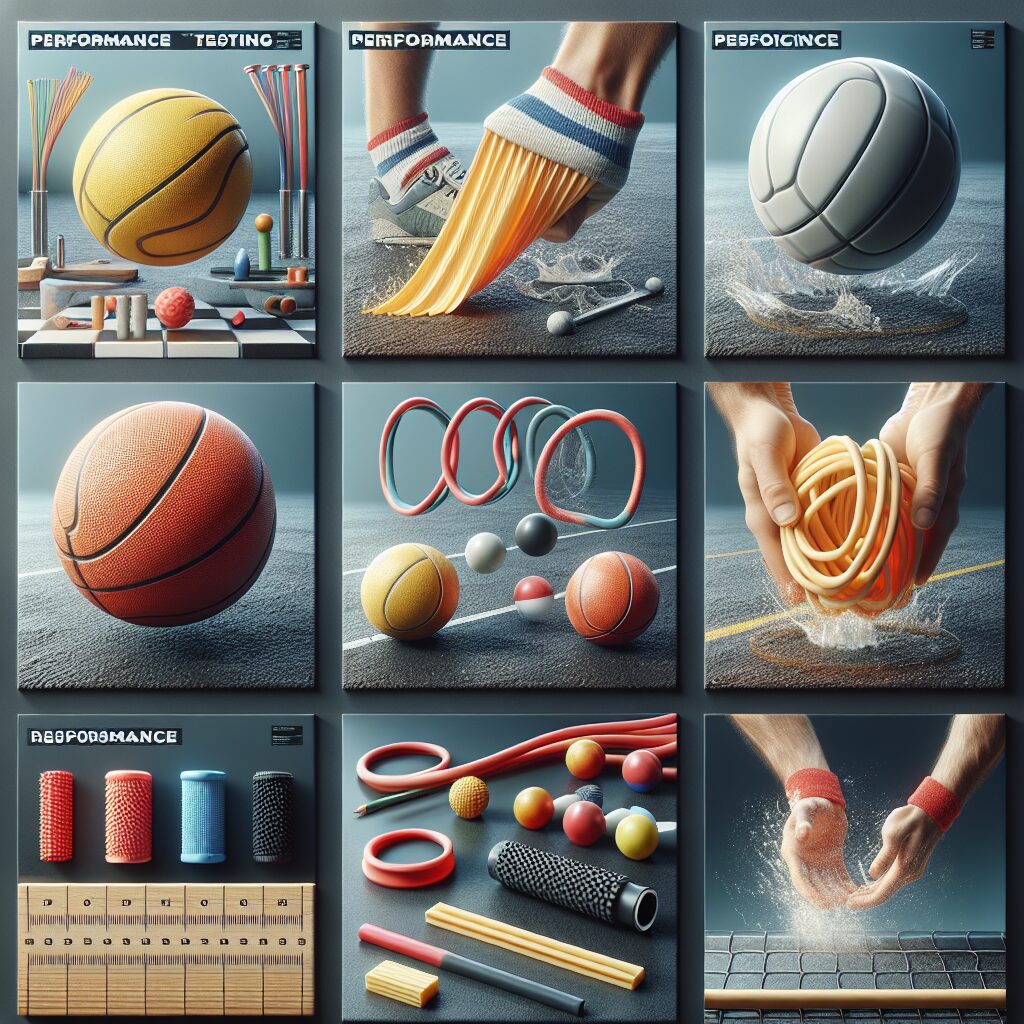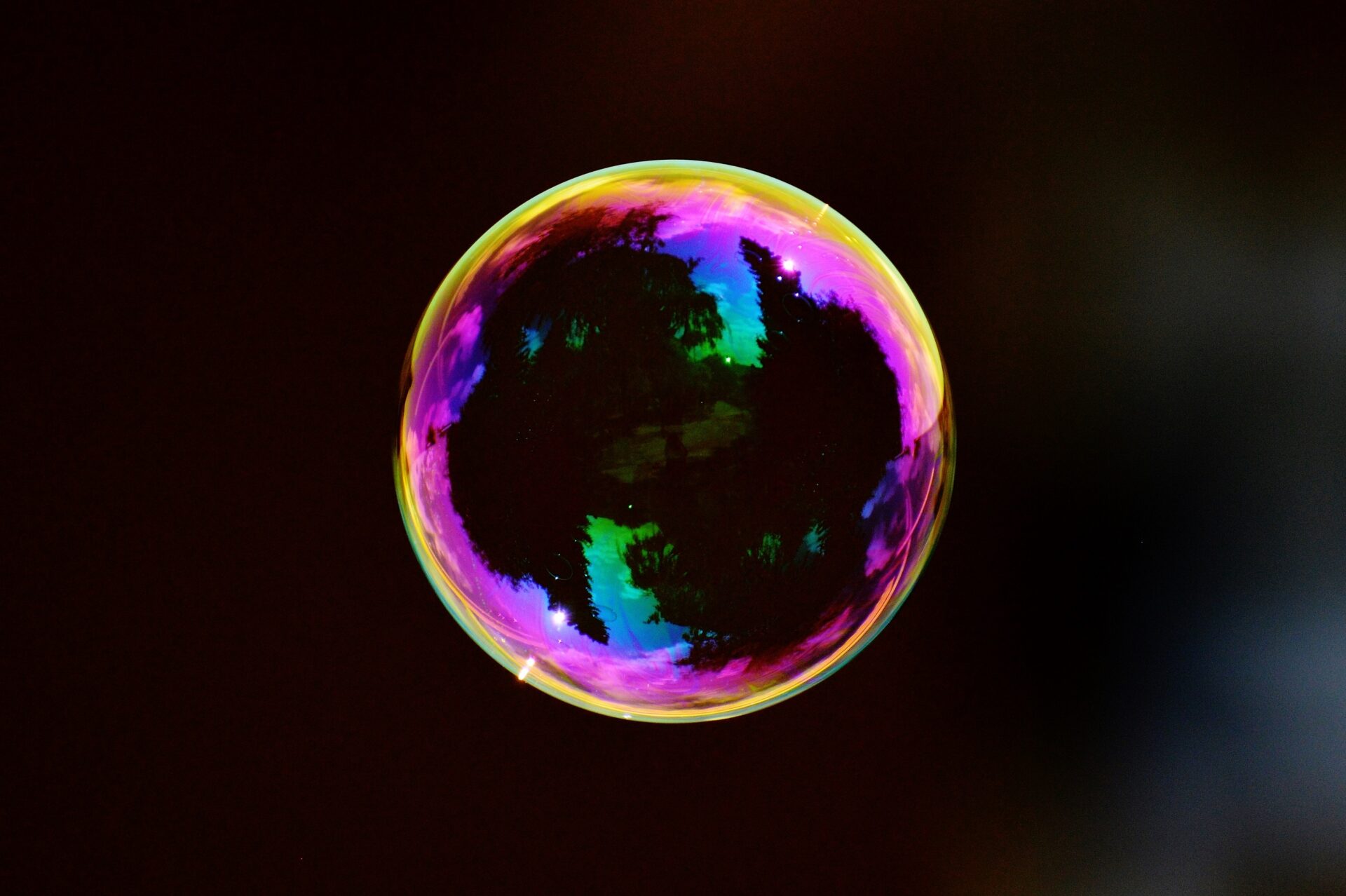Performance testing is a crucial aspect when it comes to determining the overall quality and effectiveness of products and materials. In the context of play, one such material that has a significant impact on performance is rubber. Rubber’s unique characteristics make it an ideal choice for various recreational activities, from sports equipment to playground surfaces. With its exceptional elasticity and durability, rubber ensures a safe and enjoyable playing experience for individuals of all ages.
Rubber’s impact on play extends far beyond its mere presence as a material. One of the key aspects that sets rubber apart is its ability to absorb shock and minimize the risk of injuries during physical activities. The inherent resilience of rubber allows it to cushion impacts, making it an excellent choice for sporting equipment like balls, racquets, and athletic shoes. Additionally, rubber’s non-slip properties provide players with enhanced grip and stability, enabling them to perform at their best.
Moving forward, let’s delve into the key takeaways regarding rubber’s performance in play. We will explore the specific impacts of rubber on different aspects of play, such as its use in playground surfaces, sports equipment, and recreational accessories. By understanding the unique features of rubber and its implications for play, we can make informed decisions on selecting the right materials for a safe and enjoyable playtime experience.
Key Takeaways
1. Rubberized playing surfaces have a significant impact on the performance of athletes due to their superior shock-absorbing properties, which reduce the risk of injury and provide better playing conditions.
2. The coefficient of friction of rubberized surfaces is higher than that of natural turf or artificial grass, resulting in improved traction and reducing the likelihood of slip and fall accidents.
3. Proper maintenance of rubberized surfaces is crucial for preserving their performance and extending their lifespan. Regular cleaning and treatment with specialized products will help prevent the buildup of dirt, debris, and algae, ensuring optimal playing conditions.
4. Rubber infill systems used in artificial turf can contribute to the heat island effect, leading to increased temperatures on the playing field. Measures like incorporating cooling technologies or selecting lighter-colored infills can help mitigate this issue.
5. Performance testing of rubberized surfaces is essential to assess their suitability for specific sports and to ensure they comply with safety standards. Key factors evaluated during testing include shock absorption, ball rebound, and vertical deformation, providing valuable insights for athletes, coaches, and sports facility managers.
What is the Impact of Rubber on Play? A Comprehensive Performance Testing Analysis
The Importance of Rubber in Sports
Rubber is an essential material used in various sports equipment, including balls, mats, and surfaces. Its unique properties, such as elasticity, durability, and grip, significantly impact the overall performance and playability in sports. Performance testing aims to evaluate how rubber interacts with different playing conditions, ultimately affecting the athletes’ experience and the game’s dynamics.
Evaluating Rubber’s Impact on Ball Performance
When it comes to ball sports, rubber plays a critical role in determining the ball’s performance characteristics. The following aspects are carefully analyzed during performance testing:
1. Bounce Efficiency
One of the fundamental properties of rubber is its ability to provide a consistent and predictable bounce. Performance testing assesses how different rubber compositions and ball constructions affect the ball’s bounce efficiency. Factors like ball pressure, surface contact, and ball deformation are meticulously measured to establish optimal performance standards.
2. Grip and Control
Rubber’s grip on the playing surface significantly influences an athlete’s control over the ball. Performance testing includes evaluating rubber’s grip properties under various conditions like moisture, temperature, and surface texture. By measuring the coefficient of friction, experts can determine which type of rubber provides the best grip, enabling athletes to enhance their ball handling and control skills.
3. Ball Velocity
The interaction between rubber and the playing surface directly impacts ball velocity. Performance testing analyzes how rubber composition and hardness affect the speed and trajectory of the ball. By understanding these dynamics, manufacturers can fine-tune ball design to achieve optimal velocity, ensuring fair and challenging gameplay.
Exploring Rubber’s Influence on Surface Performance
Besides its impact on ball performance, rubber also affects the playability of sports surfaces and mats. Performance testing examines the following aspects to optimize surface performance:
1. Shock Absorption
Rubber’s ability to absorb impact forces is crucial in reducing potential injuries and enhancing comfort during gameplay. Performance testing investigates how different rubber materials and thicknesses affect shock absorption, allowing manufacturers to design surfaces that minimize the risk of player fatigue or injuries caused by repetitive impact.
2. Traction and Skid Resistance
The coefficient of friction between rubber surfaces and athletes’ footwear is essential in determining traction and skid resistance. Performance testing evaluates how different rubber textures and patterns interact with various shoe sole materials, ensuring optimal grip levels. This information helps create surfaces that support quick movements and prevent slips or slides, enhancing overall performance and safety.
3. Durability and Longevity
Sports surfaces and mats undergo significant wear and tear due to constant player interaction. Performance testing measures rubber’s durability and longevity by subjecting it to rigorous simulated playing conditions. By analyzing factors like abrasion resistance, flexibility, and resilience, manufacturers can develop high-quality surfaces that withstand intensive use, maintaining consistent performance over time.
Guides and Tips for Optimizing Rubber’s Impact on Play
1. Choose the right rubber composition for the intended sport. Different sports require specific rubber properties to optimize playability.
2. Regularly clean and maintain rubber-based sports equipment to ensure optimal performance and prolong their lifespan.
3. Consider environmental factors when selecting rubber products. Temperature, humidity, and surface conditions can significantly influence rubber’s interaction with the playing environment.
4. Stay updated with advancements in rubber technology. New developments can lead to improved performance and enhanced gameplay.
5. Consult with experts in the field of rubber and sports equipment to make informed decisions regarding product selection and optimization strategies.
Frequently Asked Questions
What is performance testing?
Performance testing is a type of testing that evaluates the speed, responsiveness, stability, and scalability of a system or application under various conditions. It helps measure and assess the overall performance and efficiency of the system being tested.
Why is performance testing important?
Performance testing is essential as it helps identify potential bottlenecks, performance issues, and areas of improvement in a system. By conducting performance testing, you can ensure that your system or application meets the required performance standards and provides a smooth, uninterrupted user experience.
How does rubber impact play during performance testing?
Rubber plays a crucial role in performance testing, as it can significantly affect the overall performance and behavior of the system. Rubber materials used in testing can mimic real-world scenarios and help simulate various conditions, such as load, stress, and friction, that the system may encounter during normal usage.
What are the benefits of using rubber in performance testing?
Using rubber materials in performance testing offers several benefits. It allows testers to replicate real-world conditions more accurately, enabling them to evaluate the system’s response and performance under realistic loads. Rubber also provides consistent and repeatable results, making it easier to compare different tests and make informed decisions for system optimization.
How do different types of rubber impact play differently?
Various types of rubber, such as natural rubber and synthetic rubber, have different properties and characteristics that can impact play differently during performance testing. For example, natural rubber may offer better grip and flexibility, while synthetic rubber may provide enhanced durability and resilience. The specific requirements of the testing scenario determine the type of rubber that should be used.
Are there any limitations to using rubber in performance testing?
Although rubber is a valuable material in performance testing, it does have certain limitations. For instance, rubber may not perfectly mimic all real-world conditions, and there might be slight discrepancies between test results and actual user experiences. Additionally, the choice of rubber material must be carefully considered, as different rubbers can exhibit varying properties that may not accurately represent the intended usage scenario.
What factors should be considered when selecting rubber for performance testing?
When selecting rubber for performance testing, several factors need to be considered. These include the intended usage conditions, such as temperature, humidity, and friction levels. The desired properties of the rubber, such as grip, flexibility, and resistance to wear, should also be accounted for. Consulting with experts and conducting thorough research can help in selecting the most suitable rubber material for a specific performance testing scenario.
How does rubber impact the durability of tested products?
Rubber can have a significant impact on the durability of tested products. By subjecting products to realistic conditions using rubber materials, performance testers can identify potential weaknesses or design flaws that might affect the product’s durability. For example, rubber can simulate repeated impacts, friction, or abrasive forces that a product may encounter during its lifespan, helping to assess its durability and make necessary improvements.
What are some popular rubber materials used in performance testing?
Some popular rubber materials used in performance testing include natural rubber, synthetic rubber (such as neoprene or silicone rubber), and specialized rubbers designed for specific purposes. The choice of rubber material depends on the specific requirements and objectives of the performance testing, ensuring the most accurate representation of real-world conditions.
How can performance testing with rubber benefit product development?
Performance testing with rubber can greatly benefit product development by providing valuable insights into a product’s behavior and performance under realistic usage conditions. By identifying and addressing performance issues early in the development process, manufacturers can enhance product quality, increase customer satisfaction, and potentially reduce warranty claims. Performance testing with rubber helps ensure that a product performs optimally, meeting or exceeding the expectations of its users.
Final Thoughts on Performance Testing: Rubber’s Impact on Play
Performance testing plays a vital role in today’s digital landscape where user experience is paramount. The use of rubber materials in performance testing allows for a more accurate simulation of real-world conditions, ultimately leading to the development of better-performing products. Whether it’s testing the durability of a sports equipment or evaluating the responsiveness of an online platform, rubber can help uncover critical insights and optimize the overall performance of various systems and applications. Armed with these insights, manufacturers can make informed decisions, improve user satisfaction, and stay competitive in a rapidly evolving market.
It is important to remember that performance testing is an ongoing process. As technology advances and user expectations evolve, new challenges and opportunities will emerge. Regularly incorporating rubber-based performance testing in product development ensures that innovative solutions are created to meet these demands and deliver exceptional user experiences. By acknowledging the impact of rubber on play during performance testing and staying proactive in optimizing performance, businesses can continually elevate their products and make a lasting impact in their respective industries.




